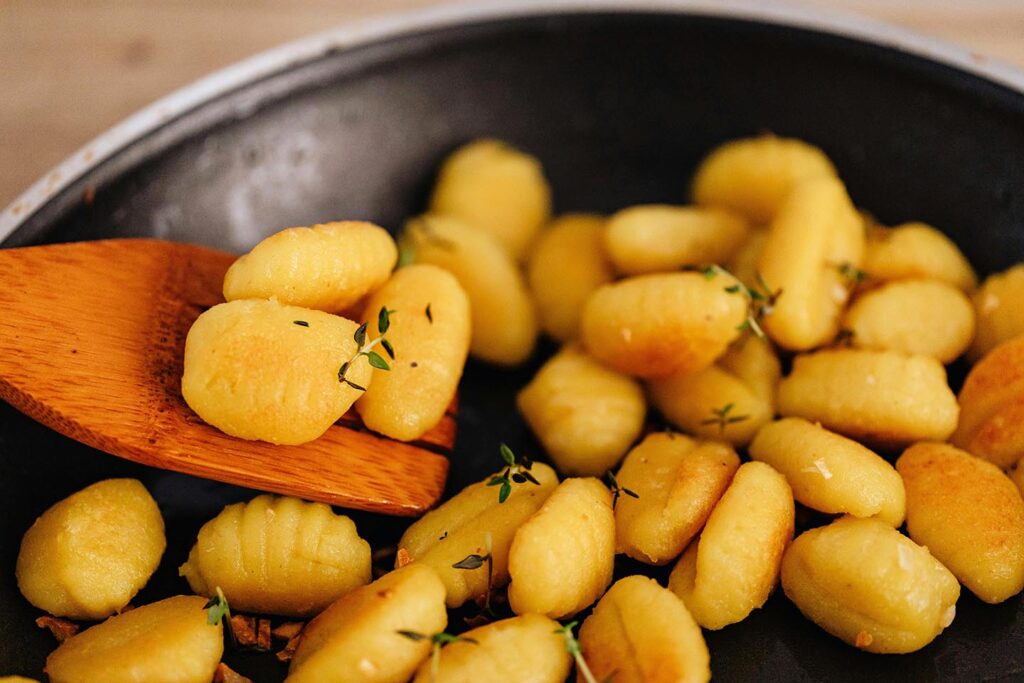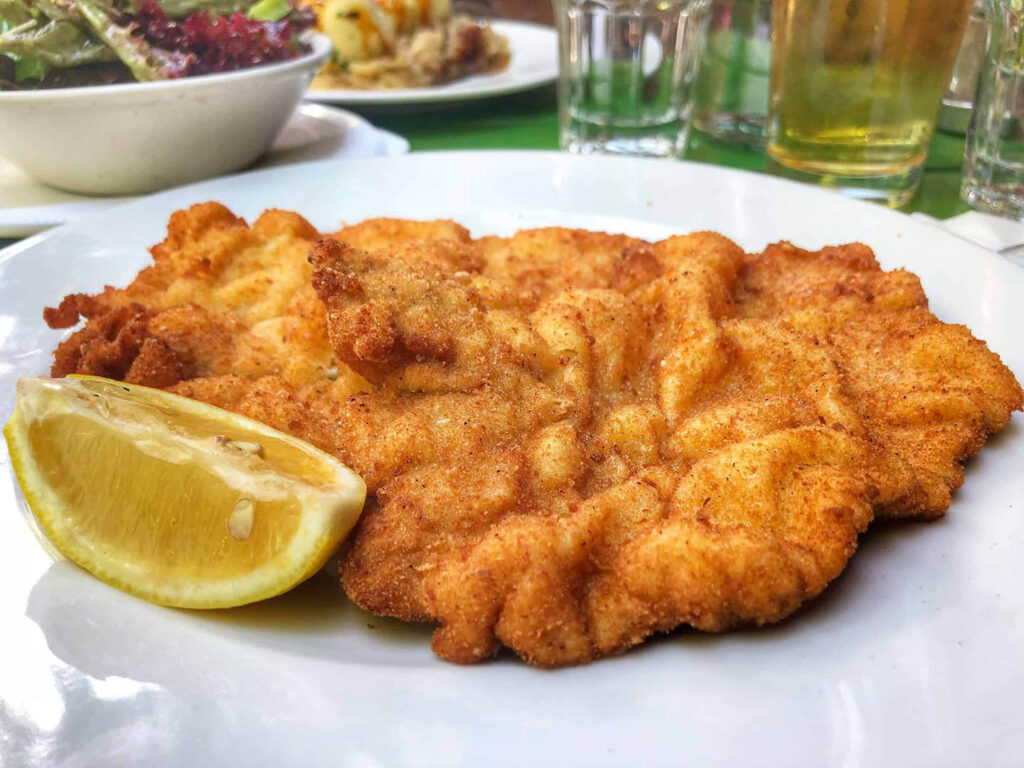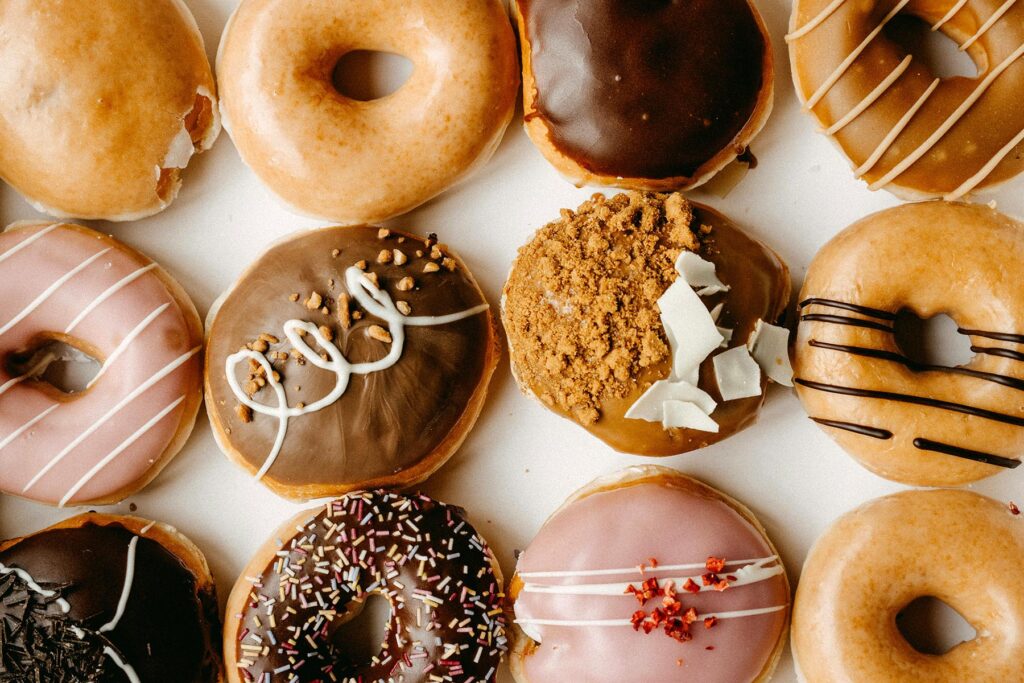A lot of people begin their day with a steaming cup of coffee… but how do you know what to select for the best tasting cup? Grocery stores, online markets, and coffee shops are filled to the brim with all manner of commercial and small-batch coffees. You can simply grab a bag that looks interesting and hope for the best… or you can learn a few helpful tips that will give you a good idea of what you can expect from the beans inside.
The best cup of coffee, no matter where you get it, begins with quality roasted coffee beans. Whether you buy your coffee at your local grocery store, from an online marketplace, direct from a roaster, or simply pickup a cup at the coffee shop around the corner; knowing what to look for in your coffee beans can mean the difference between an amazing cup you can’t stop sipping while smiling and a ho-hum basic morning pick-me-up.
How is coffee made?
Let’s start with a quick overview of how coffee is transformed from a small fruit to the delicious brew we know and love.


Coffee beans begin life as a small “cherry” looking fruit that is grown on a coffee tree. When ready – they are picked and prepared to ship to roasters. Coffee beans (fresh or recently dried) are naturally green in color and have a grassy aroma that does not smell at all like you expect coffee to smell. Roasting is the high-heat transformative process that changes the beans from green to the dark brown fragrant delicious beans we know and love; this is how they develop all of their characteristic flavors and aromas.


Processing the beans is done in 3 steps:
- Step 1 Drying : Drying the beans locks in their flavors and allows the beans to be picked and stored for some time prior to roasting and selling. A fresh coffee bean contains 8-12% liquid. Drying is usually done by tumbling the beans in a drum roaster at a low temperature for 4-8 minutes. Once dried, the beans take on a hay-like aroma.
- Step 2 Browning : After the drying tumble the beans are either stored to be used later or head to the browning stage where they continue to dry and begin to change color. This step reduces the amino acids and sugars in the beans which react with one another creating color compounds known as melanoids. At the end of the browning stage the beans will begin to pop which is known as the first crack.
- Step 3 Roasting : Roasting coffee is both an art and a science and, much like roasting cocoa beans, the process is incredibly important for the final flavor profile of the beans. Coffee is roasted at temperatures between 370°F and 540°F, for anywhere between a few minutes and a half hour (the time depends on the level of roast desired from light to dark). Coffee beans absorb heat up to 347°F then begin to give off heat. The roaster must keep a very close eye on the beans as they roast to ensure they do not over-roast or catch on fire (yes that can happen since they are roasted at very high temperatures). The beans lose between 15-18% of their mass during roasting due to the loss of both leftover water in the beans and other naturally occurring volatile organic compounds. However, the loss of mass doesn’t mean the beans shrink – they actually grow in size due to physical expansion caused by the high temperatures and increases in internal pressure from vaporizing water.
Pre-ground or whole bean?
Coffee beans should be fruity, toasty, and lovely with deep earthly tones. Those flavor notes immediately begin to degrade the minute the coffee beans are ground to brew. This means that pre-ground coffee is already less flavorful than whole bean when you buy it. For the freshest and most flavorful coffee, buy whole bean.
For the best cup, what should you know about your coffee beans?
Though the question of pre-ground or whole bean is important, it is not the only thing you need to know when selecting a bag of coffee. There are two other very important pieces of information you should know. Those are:
- Where was the coffee grown?
- When was the coffee roasted?
Where was the coffee grown?
Much like a good wine, coffee beans take on tasting notes from the locations they grow in. A good roaster will typically provide as much information on their beans as they possibly can – the farms, regions, and their roasting locations. Coffee bean flavor and country of origin usually go hand-in-hand. For example, most Kenyan coffees are savory, Colombian coffees tend to have chocolate notes, and Ethiopian coffees are fruitier in flavor. Coffee tasting notes can run the gamut from sweet and fruity to acidic and earthy. So knowing where your beans came from can tell you a lot about the flavor profile you can expect.
When was the coffee roasted?
This is one of the most important things to know. Much like grinding the beans the coffee starts to degrade once the beans are roasted and have settled completely. This is due to the fact that coffee de-gasses, or settles, once roasted. This process takes between 24 and 72 hours. You want beans that were roasted at least a week prior to grinding and brewing but no longer than one month after roasting. Always check the date the beans were roasted, you want to grind and use them as close to their roasting date as possible.
What else should you know about coffee?
Here is a bit of information and a few other tips to help you get the best cup of coffee:
- Never store coffee in the freezer. The cold damages the oils and fibers that lead to an amazing cup of coffee.
- Never buy coffee in bulk. The fresher the better.
- Store beans in a dark, non-porous container with a one-way valve, out of direct light.
- Make sure your coffee roaster is actually supporting fair trade practices and their coffee bean producers. Sustainable, ethical, farming practices worldwide are important to promote and support.
Quick summary:
- Buy whole bean coffee.
- Know where your beans came from so you know the flavor profile you can expect.
- Always check the date the beans were roasted so that you can grind and use them as close to their roasting date as possible.
- Grind right before you brew for optimal freshness.
- Store beans properly.
- Use your beans quickly.
You want a cup of coffee that is flavorful and enjoyable to drink. The foundation of that amazing cup begins with fresh, whole-bean, transparently grown and roasted coffee beans.
Are you a coffee drinker? How do you prefer your ‘cuppa Joe?
Let us know in the comments below!






